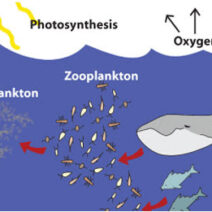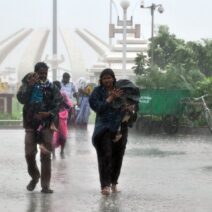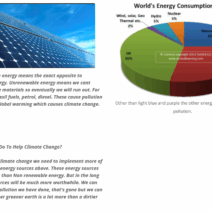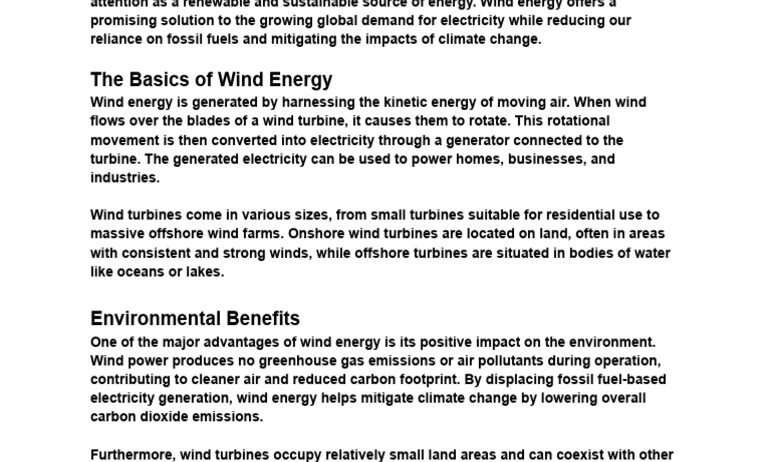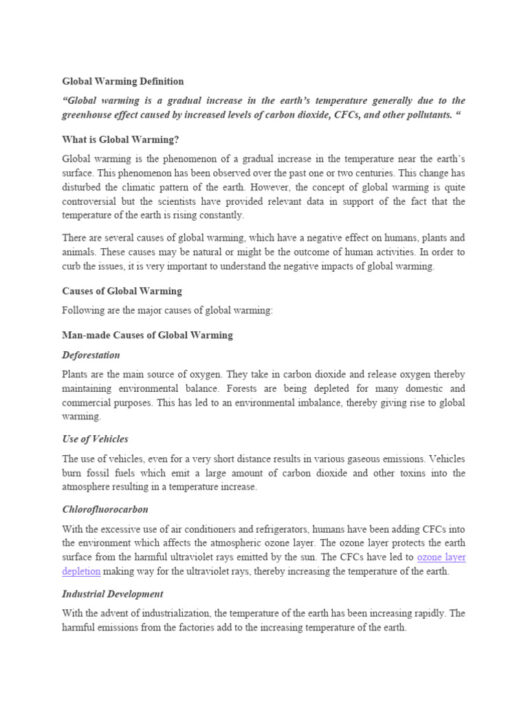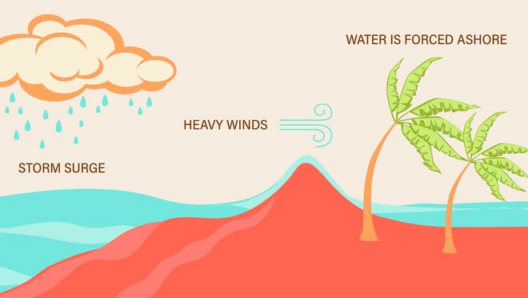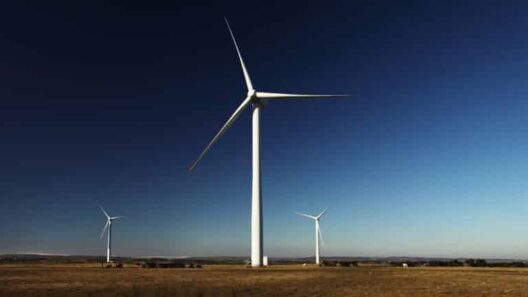The world is in the midst of an energy transition. Traditional energy sources are being challenged by innovative alternatives, and among them, wind energy stands out as both a formidable contender and an environmental boon. Harnessing the power of the wind to generate electricity is not merely a scientific endeavor; it embodies a symbiotic relationship with nature, merging technology with the raw forces of the Earth.
Understanding how we capture this invisible force requires a journey through the intricate mechanics and aesthetic beauty of wind energy production. This exploration delves into the harnessing of wind energy, revealing its process and the profound implications for our sustainable future.
The Mechanics of Wind Energy Generation
At the heart of wind energy lies the wind turbine—a towering marvel of engineering designed to convert kinetic energy from the wind into electrical energy. The process begins with the wind itself. Air masses move due to variations in atmospheric pressure, driven by the sun’s uneven heating of the Earth’s surface. As these air masses shift, they create wind, which carries potential energy waiting to be transformed.
The wind turbine is equipped with large blades that capture this kinetic energy. When the wind blows, it interacts with the turbine blades, causing them to rotate. This rotation is not just a simple turn; it is a choreographed dance with nature that embodies the marriage of elegance and engineering. The blades are designed aerodynamically, akin to an aircraft wing, to maximize lift and minimize drag. This ensures that even gentle breezes can be converted into substantial motion.
But rotation alone does not generate electricity. The energy harnessed by these spinning blades is transferred to a component known as a generator. Inside the generator, the mechanical rotation is converted into electrical energy through electromagnetic induction. This is the very essence of wind energy: a conversion from the natural world into usable power, highlighting an essential characteristic of sustainability.
From Turbine to Grid: The Transformation of Energy
Once generated, the electricity produced by the turbines does not go directly into homes and businesses. Instead, it is sent to a transformer, where its voltage is increased for transmission over long distances. This ensures that the energy can travel through the grid efficiently, reaching consumers without significant loss. It’s a complex interplay of engineering and design that underscores the sophistication behind wind energy technologies.
The electrical current then follows a structured path through power lines, making its way to substations and eventually to individual homes. Throughout this journey, there is an unseen elegance—the harmonization of technology with the landscape. Wind farms often create picturesque vistas, dotted with giants that sway gently, invoking a sense of tranquility while substantial energy production occurs. An aesthetically pleasing dynamic emerges, as these structures not only serve functional purposes but also contribute to the identities of their locales.
Environmental and Economic Implications
The benefits of harnessing wind for power extend far beyond the production of clean energy. Wind energy is one of the most sustainable solutions available today, yielding minimal environmental impact compared to traditional fossil fuels. There are no emissions associated with wind energy during its operation, positioning it as a key player in efforts to combat climate change.
Furthermore, the expansion of wind energy creates profound economic benefits. The wind industry has become a significant source of job creation, from the manufacturing of turbines to the installation and maintenance of wind farms. Investment in this sector stimulates local economies, promotes energy independence, and contributes to a diversified energy portfolio that can withstand the fluctuations of global markets.
Moreover, the decentralized nature of wind energy production enhances energy security. Communities can harness local wind resources, reducing reliance on imported fuels and fostering resilience against geopolitical uncertainties. This increases energy access and contributes to socio-economic development while staying harmonious with ecological preservation.
Challenge and Vision: The Future of Wind Energy
Despite its advantages, the wind energy sector faces challenges. The intermittency of wind poses a critical hurdle; the wind does not blow consistently. Efficiently integrating this variable source of energy into the existing grid requires innovation and strategic planning. Advancements in energy storage technologies and grid management systems are essential to optimize the use of wind power, ensuring reliability even when the winds are calm.
Nevertheless, researchers continue to explore innovative approaches to harnessing wind energy. Developments in offshore wind farms promise even greater potential, capturing more robust winds over open water. This brings a new aesthetic dimension, transforming coastlines and ocean vistas while generating substantial renewable energy. The vision for the future is clear: to elevate wind energy as a primary power source, integrated seamlessly into a diverse energy landscape.
In conclusion, the process of harnessing wind energy is an intricate dance of technology and nature. From the graceful rotation of turbine blades to the seamless integration into the electrical grid, every step embodies innovation aimed at producing a sustainable future. With wind energy at the forefront of the transition toward renewable power, we find not only a solution to energy needs but also a profound connection to the world around us. Harnessing the wind, we harness the potential for a cleaner, greener tomorrow.
